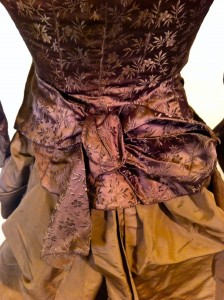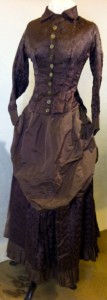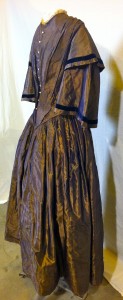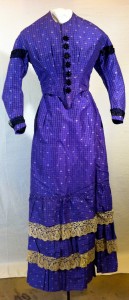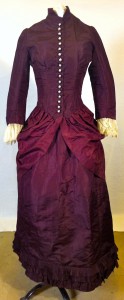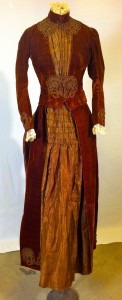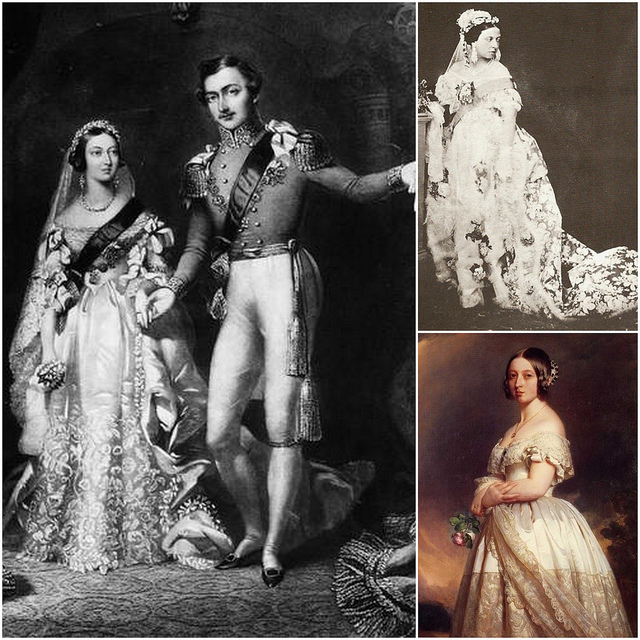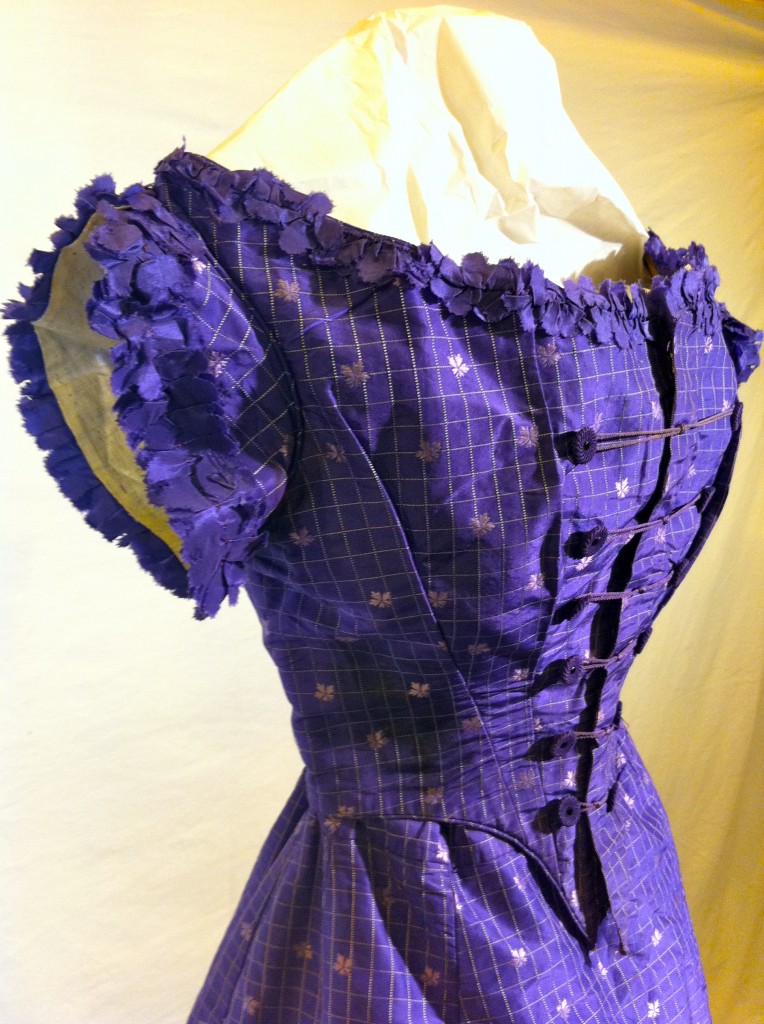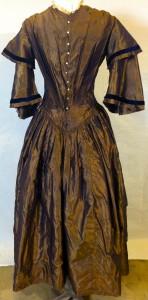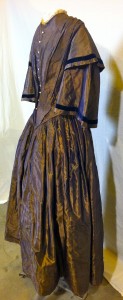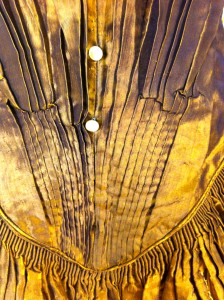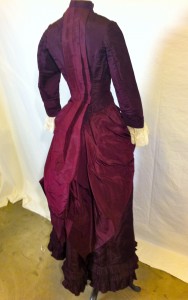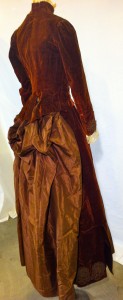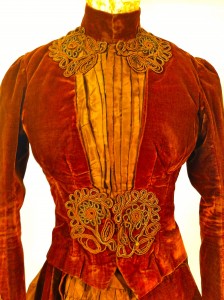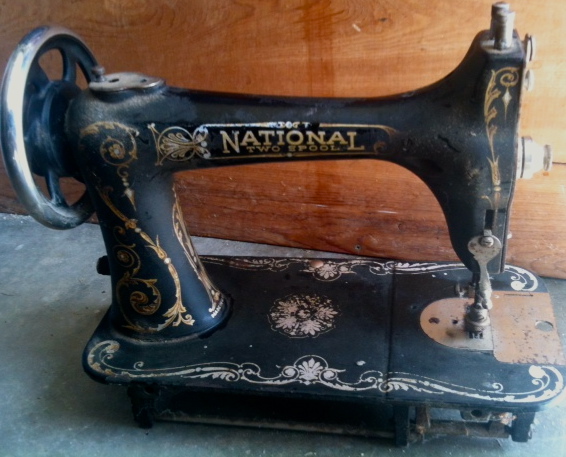In this exhibit, we will examine how historic Idaho dressmaking was motivated by practicality, more specifically, a deviation from the traditional elaborate Victorian wedding practice. To do this, we will first examine the characteristics of Victorianism. Second, we will expose the historical reasons women on the American frontier could not meet the Victorian expectations. Lastly, we will discuss technological innovations such as the sewing machine that empowered women and made fashion more accessible and less time consuming.
*photos can be enlarged by clicking on each one individually.
